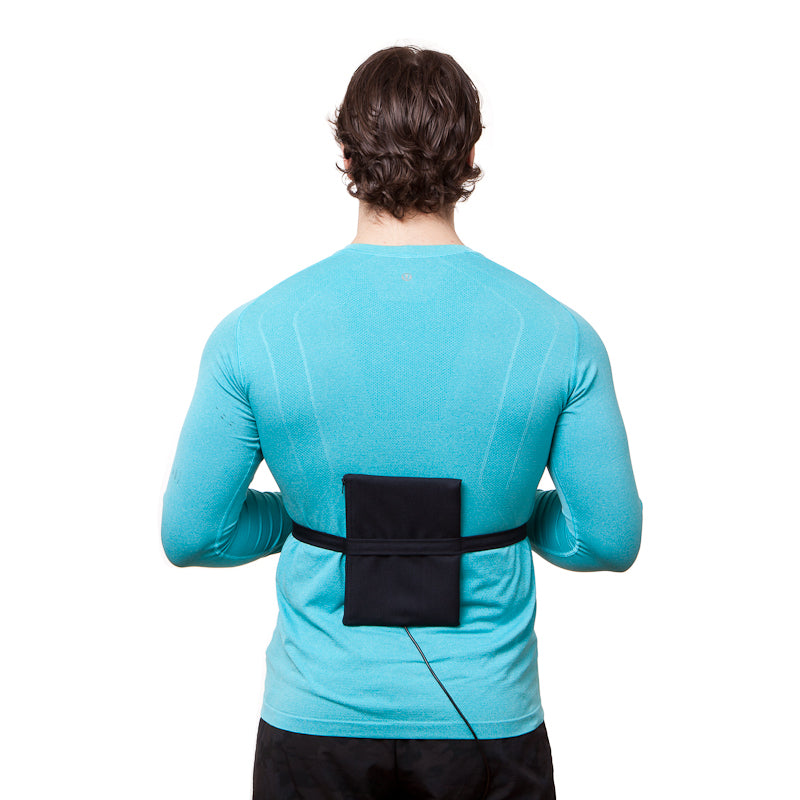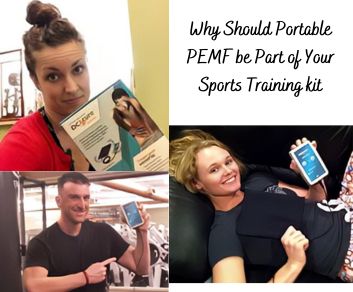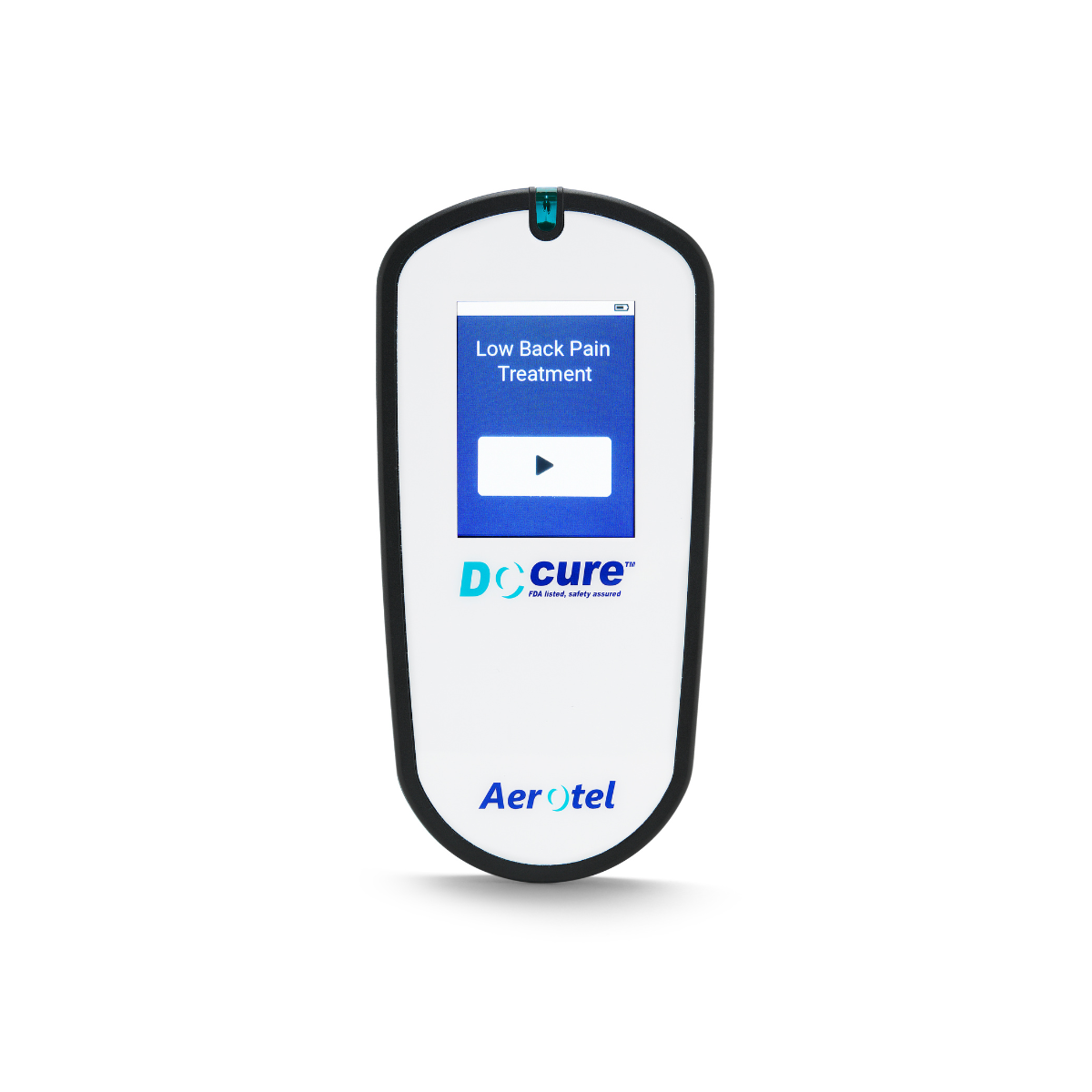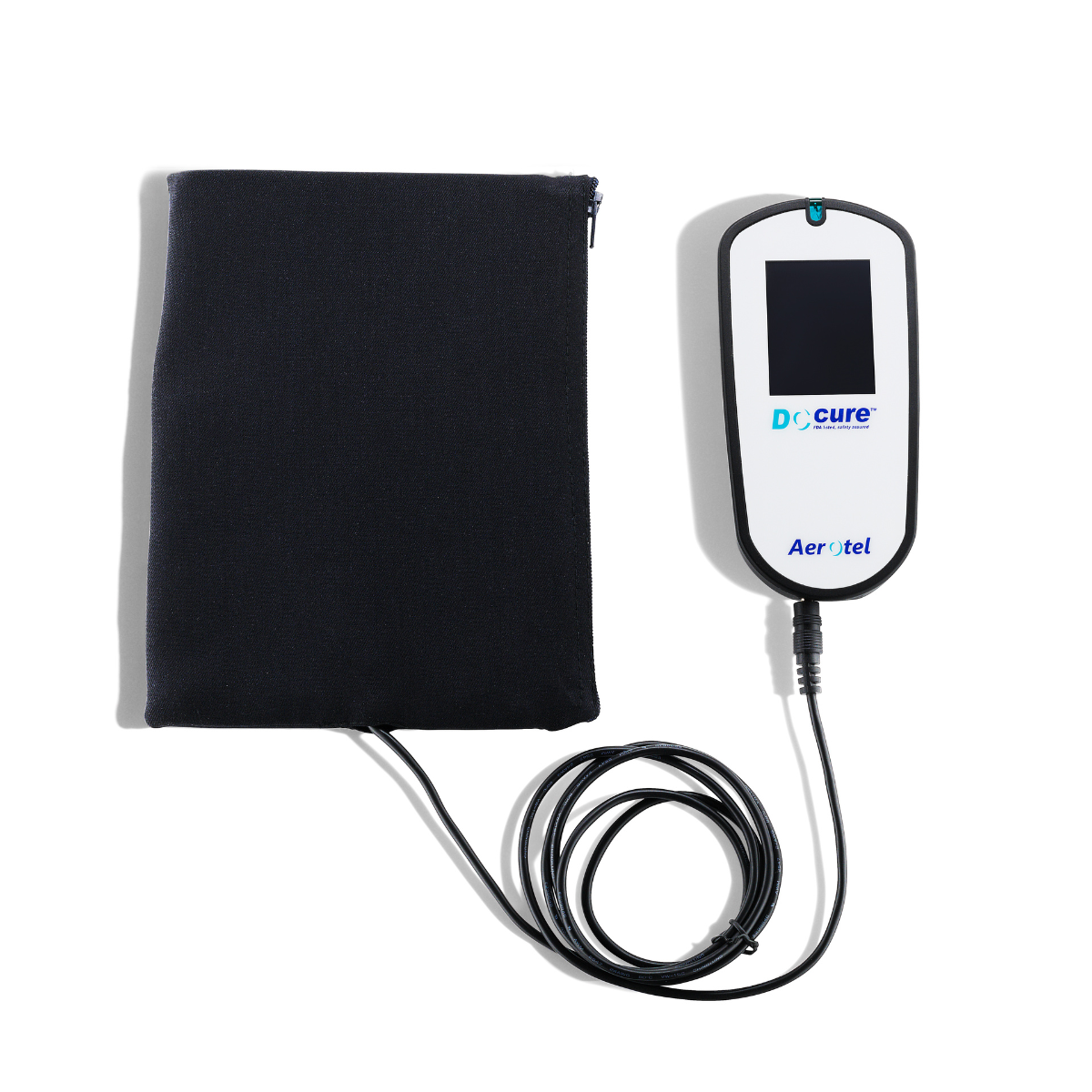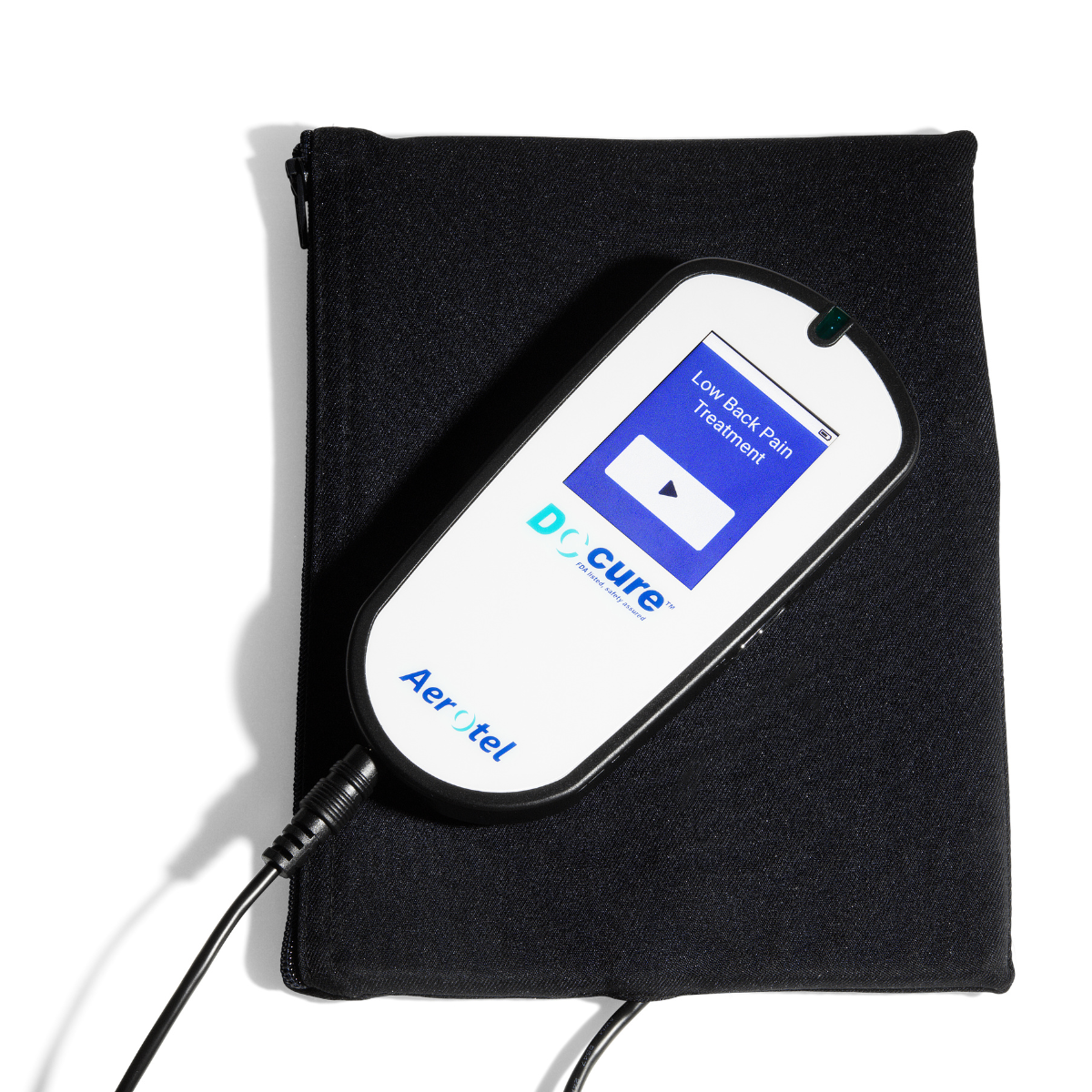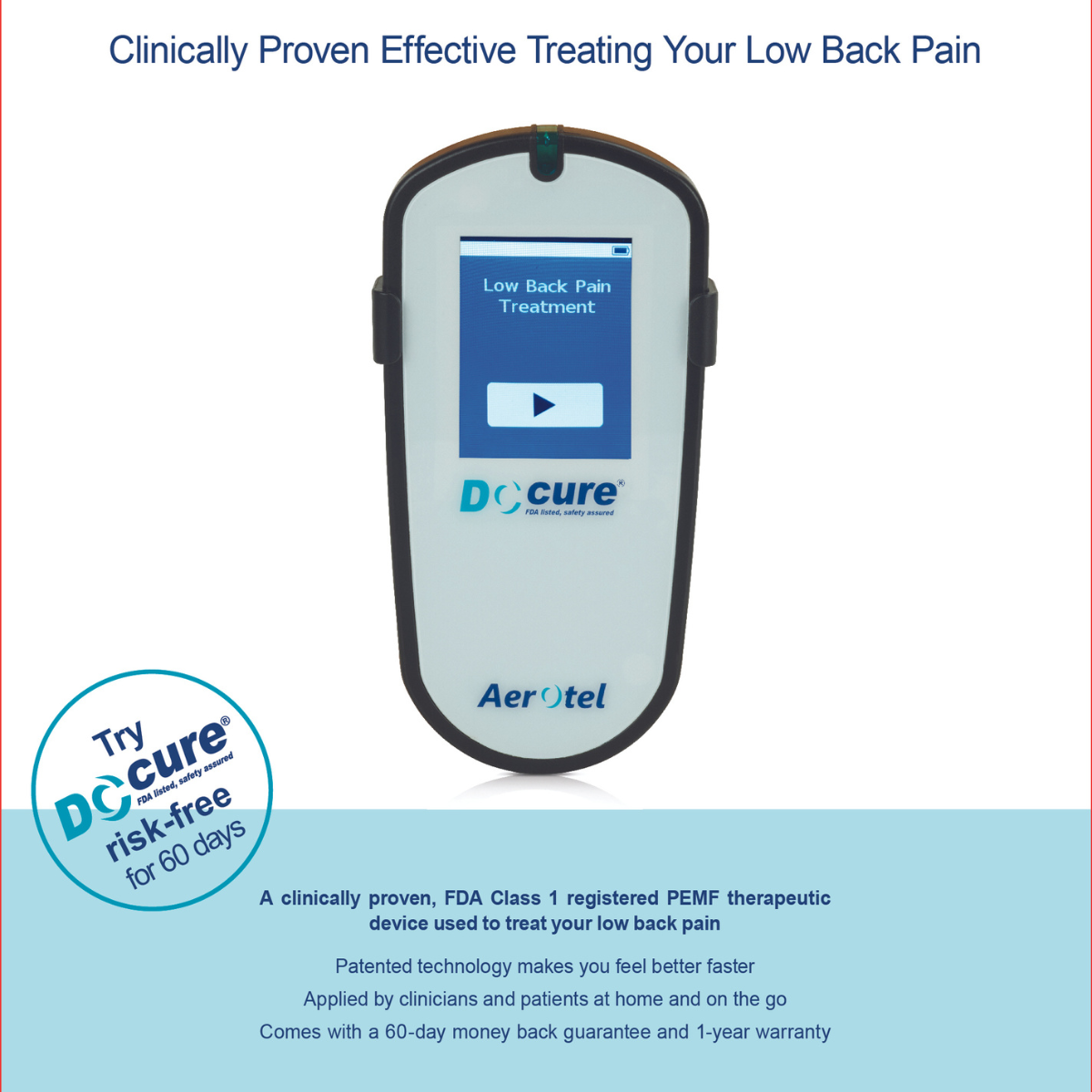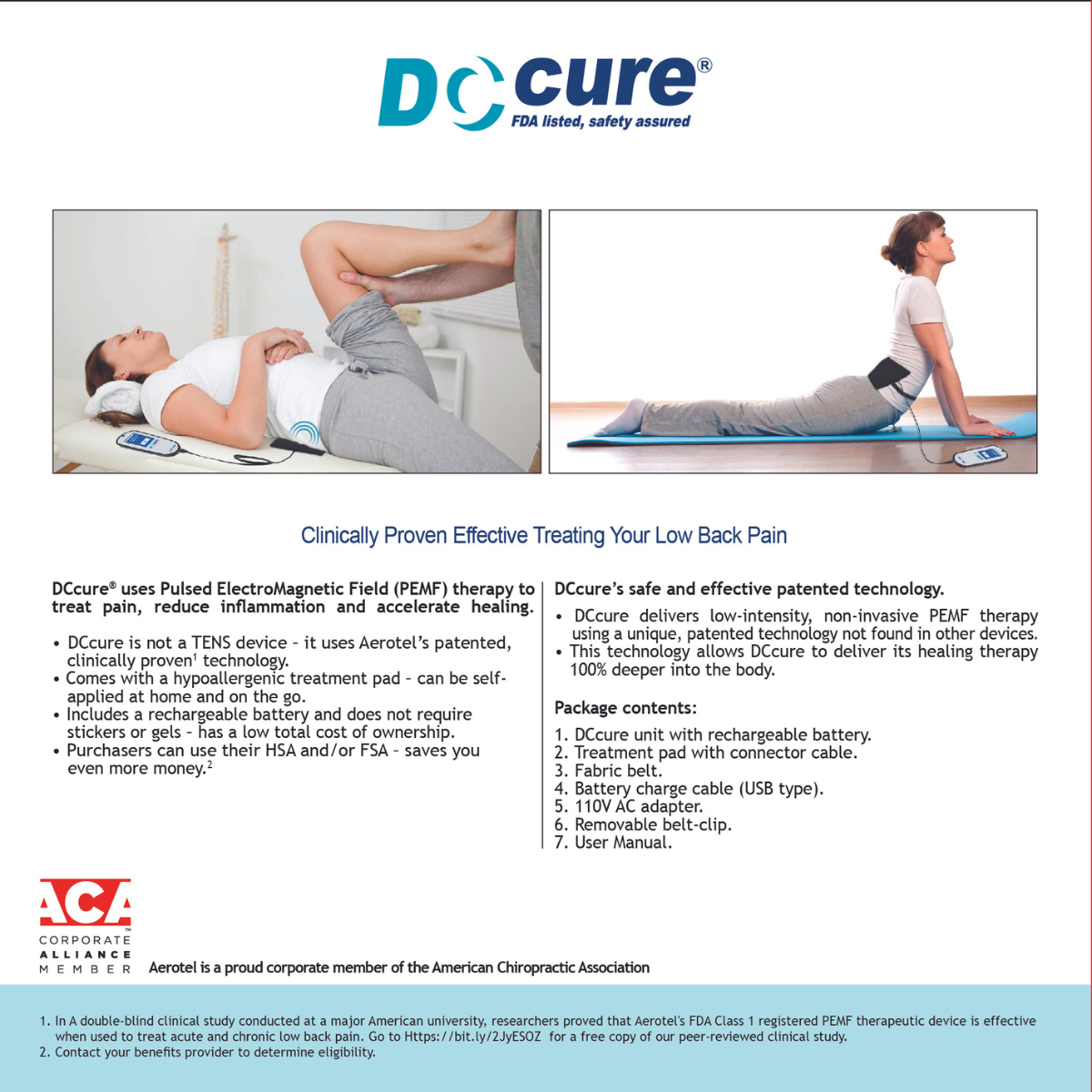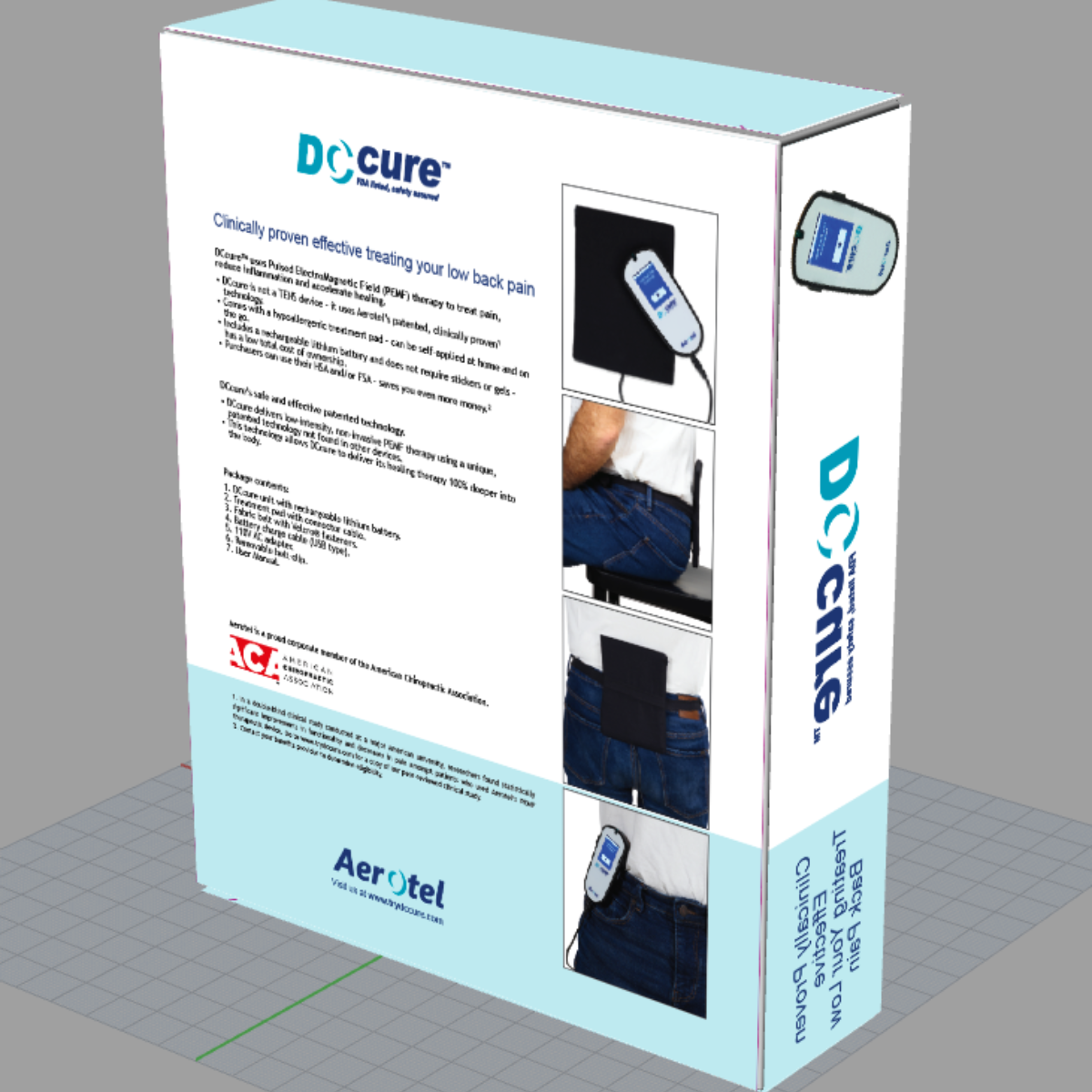Aching joints and muscles are a frequent complaint among seniors after 40+. The culprit isn't simply a bad diet, though proper nutrition is key. Age itself plays a major role. With an aging body naturally loses muscle mass, the cartilage cushioning and over time, our joints experience a reduction in thickness. This can lead to conditions like osteoarthritis, a significant source of pain. While diet can influence pain levels by providing essential nutrients or promoting inflammation, it's just one piece of the puzzle. Interestingly, some seniors find their discomfort worsens with weather changes, highlighting the complex interplay of factors that contribute to joint and muscle pain in elderly. In this article we will understand different reasons and how simple hacks can help you overcome this situation.
Therefore, let's begin with comprehending the causes before moving on to discussing solutions:
Changes Related to Age:
Muscular Loss: Our bodies naturally lose strength and muscular mass as we age. This may exacerbate pain and cause weakness.
Breakdown of Cartilage: Over time, the cartilage that cushions joints thins and deteriorates. Osteoarthritis is a common cause of joint discomfort and can result from this.
Bone Density Loss: As people age, osteoporosis, or the weakening of the bones, becomes more prevalent and can cause discomfort and an increased risk of fractures.
Dietary Influence: Vitamin D, calcium, and protein deficiencies can all exacerbate muscular weakness, deteriorate bone health, and cause pain.
Inflammation: An excessive consumption of processed foods, bad fats, and added sugars can increase the body's inflammatory response, which in turn can aggravate joint pain.
Problems with Absorption: Reduced Stomach Acid. As people age, their natural production of stomach acid decreases. This may impede the absorption of vital nutrients, such as vitamin B12, which affects muscle strength and is crucial for nerve function.
Effects of Prior Surgery/Accident: An individual's age-related effects may change if they experienced surgery or an accident when they were younger. As we age, the spine naturally experiences degenerative changes like the previously stated disc degeneration, bone spurs, and cartilage loss. These modifications may have an impact on the region surrounding the surgical site, possibly resulting in more stiffness, pain, or decreased mobility. Additionally, scar tissue growth at the surgical site may intensify with time.
Overcome joint and muscle pain:
Now, let's dive into some tips on how to overcome joint and muscle pain as we age.
Muscle Loss, cartilage breakdown, bone density loss, nutritional deficiency and inflammation can be overcomed by making adequate diet changes i.e including protein intake specially from lean sources like chicken, fish, tofu. Apart from this, a balanced diet with fruits and vegetables must be included. B12 supplements may also be considered.
Dietary Advice:
Place a focus on fruits, vegetables, and whole grains.Choose Lean Protein Sources and include lean meats, fish, beans, and lentils in your diet.Processed foods, added sweets, and unhealthy fats should be consumed in moderation as they might intensify pain and inflammation.and continue to consume fluids.
Additional physical therapies that effectively relieve joint and muscular pain include the following:
Massage Techniques: The advantages of various massage modalities differ. While deep tissue massage can address chronic pain in deeper muscle levels, Swedish massage is a well-liked option for pain treatment and relaxation.
Hot and Cold treatment: Hot treatment is frequently used to treat chronic pain, tense muscles, and muscle stiffness. The heat aids in blood circulation improvement and muscle relaxation, which can reduce pain and speed up healing. On the other hand, acute injuries or discomfort related to inflammation are usually treated with cold therapy. Blood vessels contract in the presence of cold, which can relieve pain, numb the affected area, and lessen swelling.
Deep Tissue Stimulation: PEMF devices like DCcure can penetrate deep into tissues, stimulating cells at a cellular level. When used for massage, this deep tissue stimulation can help relax muscles, alleviate tension, and promote circulation more effectively than surface-level massage techniques.
Chiropractor Sessions: Apart from above mentioned therapies, people also opt for chiropractor sessions that includes Ultrasound Therapy, Electrical Muscle Stimulation, Cold Laser Therapy, pemf therapy and many other options but these therapies are costly with expenses varying based on factors like session duration and frequency used. PEMF therapy is popular even among chiropractors that has shown to reduce pain by promoting the body's natural healing processes and reducing inflammation.
DCcure offers a portable PEMF device which is FDA approved and is not only pocket friendly but it comes with a 60 days money back guarantee policy and its portability make it popular among physicians and patients.
Conclusion:
Understanding and addressing age-related changes in muscles and joints are vital for optimizing the quality of life and promoting healthy aging among older adults. With dietary and healthy lifestyle changes it can be improved.
Keywords: portable pemf device, FDA approved, electrical muscle stimulation, PEMF devices, pain relief, joint and muscle pain with aging, hot and cold therapy
